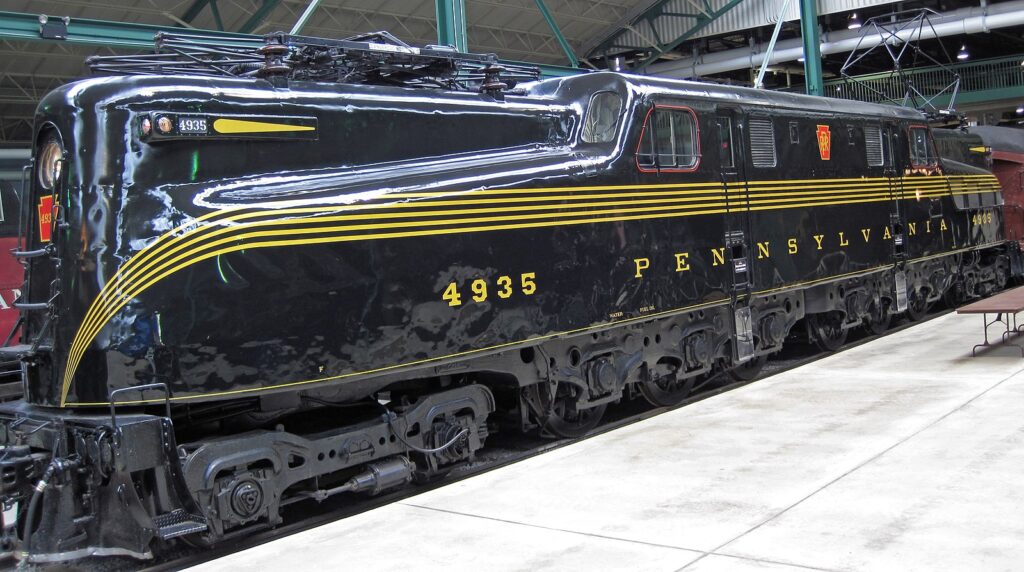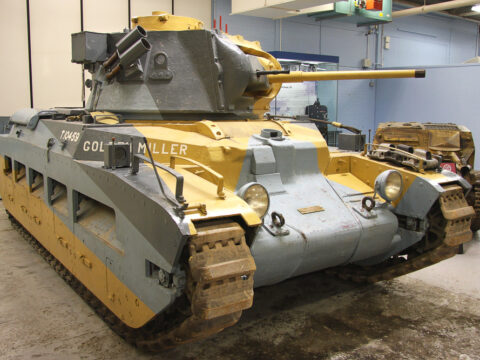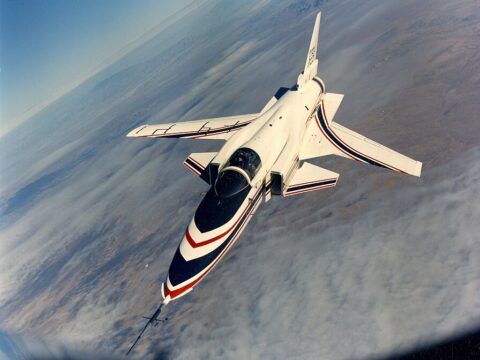The 2000s brought us plenty of exciting sports cars, but not every model lived up to the hype. Some promised thrilling performance or head-turning style, yet ended up falling short in key areas like handling, power, or reliability. From big names to ambitious newcomers, these 18 sports cars struggled to meet expectations and left enthusiasts disappointed. Here’s a look at the sports cars from the 2000s that didn’t quite hit the mark.
Contents
Pontiac Solstice

Although the Pontiac Solstice had a striking design, its performance left much to be desired. Powered by a 2.4-liter engine, it lacked the punch sports car enthusiasts craved. Handling was vague and unresponsive, which made the driving experience underwhelming. Combined with a cramped interior and the uncertainty surrounding Pontiac’s future, it struggled to make a lasting impact.
Mitsubishi Eclipse (4th Generation)

The fourth-generation Mitsubishi Eclipse represented a departure from its turbocharged, nimble predecessors. Switching to a V6 engine, the car became heavier and less agile, losing its appeal to performance-minded drivers. Its handling and suspension also lagged behind competitors, making it feel sluggish in comparison. Despite its once-strong reputation, this version of the Eclipse failed to maintain its edge.
Chrysler Crossfire

With its roots in Mercedes-Benz engineering, the Chrysler Crossfire seemed poised for success, but it quickly faltered. The combination of outdated transmission technology and uninspiring V6 power dulled its performance. While its exterior styling was bold, the Crossfire’s driving dynamics felt awkward and unrefined. As a result, it never found its footing in the competitive sports car market.
Chevrolet SSR

The Chevrolet SSR was an odd mix of a retro-styled pickup and a sports car, which didn’t resonate with buyers. Weighing in at over 4,000 pounds, its V8 engine couldn’t overcome the vehicle’s heft, leading to sluggish acceleration. Its convertible roof, though unique, wasn’t enough to make up for the SSR’s poor handling and performance. Ultimately, it never lived up to its ambitious concept.
Saturn Sky

Sharing its platform with the Pontiac Solstice, the Saturn Sky faced similar criticisms regarding performance and handling. Despite its stylish appearance, the Sky’s base engine lacked power, making it less thrilling to drive. Furthermore, Saturn’s uncertain future dissuaded buyers from investing in a car that lacked long-term support. While it looked the part of a sports car, the driving experience simply didn’t match up.
Ford Thunderbird (2002-2005)

Ford’s attempt to revive the Thunderbird in the early 2000s missed the mark with both enthusiasts and casual buyers. Despite its V8 engine, the Thunderbird’s hefty weight made it feel sluggish on the road. Its focus on comfort rather than performance disappointed those seeking a true sports car experience. As a result, the retro-themed car couldn’t gain a foothold in the market.
Jaguar X-Type

Jaguar’s X-Type was meant to attract entry-level luxury buyers, but it never quite lived up to expectations. Built on a Ford platform, the X-Type felt less refined than competitors in the same segment. Its engine choices failed to excite, and the handling wasn’t as sharp as rival sports sedans. The car’s bland styling and underwhelming performance led to a short-lived production run.
Mazda RX-8

Mazda’s RX-8 was a bold attempt to innovate with its rotary engine, but it fell short due to reliability issues. The engine’s propensity to consume oil and its poor fuel economy made it a tough sell, even though the car handled beautifully. Drivers who loved its high-revving nature were often turned off by the frequent maintenance required. While unique, the RX-8’s quirks overshadowed its strengths.
Volkswagen New Beetle Turbo S

In an effort to make the New Beetle more appealing to enthusiasts, Volkswagen added a turbocharged engine to the mix, but it didn’t hit the mark. The car’s front-heavy layout hampered handling, and its “cute” design clashed with the notion of a performance vehicle. Despite the extra power, it remained far from what drivers expected from a sports car. Most performance-oriented buyers turned to other models in the lineup.
Cadillac XLR

The Cadillac XLR aimed to bring together luxury and sports performance, but it ended up falling short on both fronts. Even though it shared parts with the Corvette, the XLR emphasized comfort at the cost of driving excitement. Its high price and lack of performance made it a tough sell against European rivals. Luxury buyers were left wanting more sport, while performance seekers found the XLR too soft.
Honda S2000

The Honda S2000 was revered by some for its high-revving engine and precise handling, yet it wasn’t without flaws. Its lack of low-end torque made everyday driving less enjoyable, as drivers had to push the engine hard to access its power. The spartan interior and minimal creature comforts further alienated buyers looking for a more balanced car. While the S2000 had a dedicated fanbase, it struggled to attract mainstream attention.
Hyundai Tiburon

The Hyundai Tiburon, with its aggressive styling, promised more than it delivered in terms of performance. Even the V6 model felt underpowered compared to similarly priced competitors. The car’s handling left much to be desired, offering a lackluster driving experience that didn’t match its sporty looks. Despite being an affordable option, the Tiburon couldn’t win over serious sports car enthusiasts.
Toyota MR2 Spyder

Toyota’s MR2 Spyder featured a mid-engine layout, which should have made it an enthusiast’s dream, but it lacked sufficient power to deliver on that promise. With only a 1.8-liter engine, its acceleration was underwhelming, and the sequential manual transmission was clunky. Though its handling was sharp, it simply didn’t provide the excitement many expected from a true sports car. The MR2 Spyder remained niche in appeal.
Dodge Stealth

By the 2000s, the Dodge Stealth was no longer competitive in terms of design or performance. Originally a 1990s powerhouse with its twin-turbo engine, the Stealth had become outdated in the rapidly evolving sports car landscape. Its bulky weight and uninspired styling made it feel clumsy on the road. Sales dwindled, and the car was soon discontinued without much fanfare.
Mercedes-Benz SLK32 AMG

Though equipped with a powerful supercharged V6, the SLK32 AMG never lived up to its AMG badge in terms of handling precision. The heavy chassis and numb steering undermined what could have been a more engaging driving experience. Buyers expecting the agility of a true sports car were left disappointed. Even with impressive straight-line speed, it wasn’t enough to justify its performance pedigree.
Porsche Boxster (986)

The Porsche Boxster (986) was often overshadowed by its bigger sibling, the 911, and many viewed it as a “budget” Porsche. The early models were plagued by reliability concerns, most notably the IMS bearing failures, which tarnished its reputation. Its performance, while decent, didn’t meet the expectations of those seeking a true Porsche experience. Despite solid handling, the car couldn’t escape its lower-tier status.
Lexus SC430

The Lexus SC430 was more grand tourer than sports car, and that distinction hurt its standing in the market. Its V8 engine was smooth but lacked the punch needed for real excitement. The SC430’s heavy weight and soft suspension made it feel disconnected from the road, appealing more to luxury cruisers than sports car fans. Its styling was polarizing, and sales reflected its struggle to find a clear identity.
Aston Martin V8 Vantage

While the Aston Martin V8 Vantage had the looks of a true sports car, its performance didn’t always match up. The 4.3-liter V8 engine was competent but fell short of the power offered by rivals like the Porsche 911. Additionally, the Vantage was plagued by reliability issues that further hurt its reputation. Despite its elegance and luxury, it never fully satisfied the performance expectations of its class.
This article originally appeared in MyCarMakesNoise.
More from MyCarMakesNoise
20 Famous Train Models That Have Been Retired

Train models, like all technology, eventually become outdated and are replaced by more advanced systems. Read More.
15 Car Upgrades That Aren’t Worth Your Hard-Earned Money

Upgrading your car can be exciting, but not all modifications are worth the investment. Some upgrades might look cool or promise better performance, but they often fail to deliver real value. Read More.
20 Towing Mistakes That Can Damage Your Vehicle and Trailer

Towing a trailer can be a challenging task, and common mistakes can lead to costly damage to both your vehicle and the trailer. Overloading the trailer, using incorrect hitch setups, or failing to balance the load properly can put strain on your vehicle’s suspension, brakes, and transmission. Read More.














